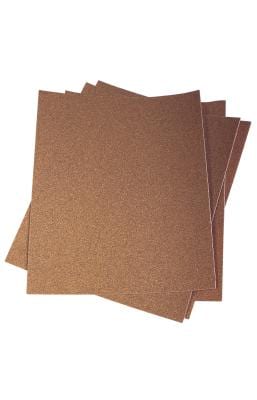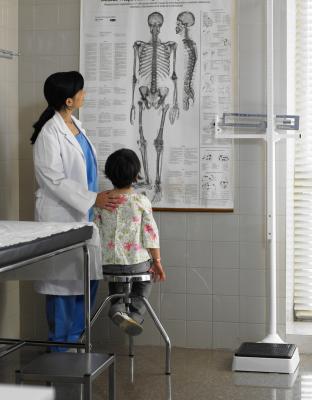Search Results for: remove cystic
Should Buffers Be Used to Remove Facial Hair?
Almost as big a problem as facial hair is finding the right way to remove it. Buffing away hair offers an inexpensive solution. In fact, during World War II, women resorted to using sandpaper to buff hair off of their legs due to the shortage of razor blades. Buffing away facial hair can work in theory and in practice — but you may want to consider that this method can be painful when applied to such a sensitive part of your body.
#TikTokMadeMeBuyIt Favorite Viral Products
Welcome to our roundup of the hottest products going viral on TikTok! This week, we're highlighting items that have captured the attention of moms everywhere. These products promise to bring convenience, beauty, and a little bit of joy into your daily routine. Let’s dive in and see why these finds are just too good to…
Bone Disorders in Children
Some bone disorders in children are due to rare conditions and require careful clinical evaluation. If not treated promptly, bone disease can affect a child’s bone development, lead to multiple fractures and cause bone deformities. In some cases, bone disease in children leads to deterioration of motor development and permanent disability. Frequently, treatment is delayed because symptoms go unnoticed and only become apparent over time.
Hair Growth Treatments for Women
Women make up 40 percent of hair loss sufferers, according to the American Hair Loss Association. Androgenetic alopecia, or pattern baldness, doesn’t affect only men — it can affect women as well, resulting in a diffuse pattern of hair loss. Women have far fewer options than men when it comes to hair growth treatments that are proven to work. Because hair loss can be triggered by other causes, such as stress, an underlying medical condition, or use of certain medications, the hair growth treatments on the consumer market may not work for you.
Excessive Hair Growth for Women
While many women wish for thick hair on their head, few appreciate excessive body or facial hair. Normal hair growth for women varies, depending on cultural factors and race. Hirsutism is the term that refers to excessive hair growth in women. Although a common condition, hirsutism may signal an underlying disorder that requires medical attention.





